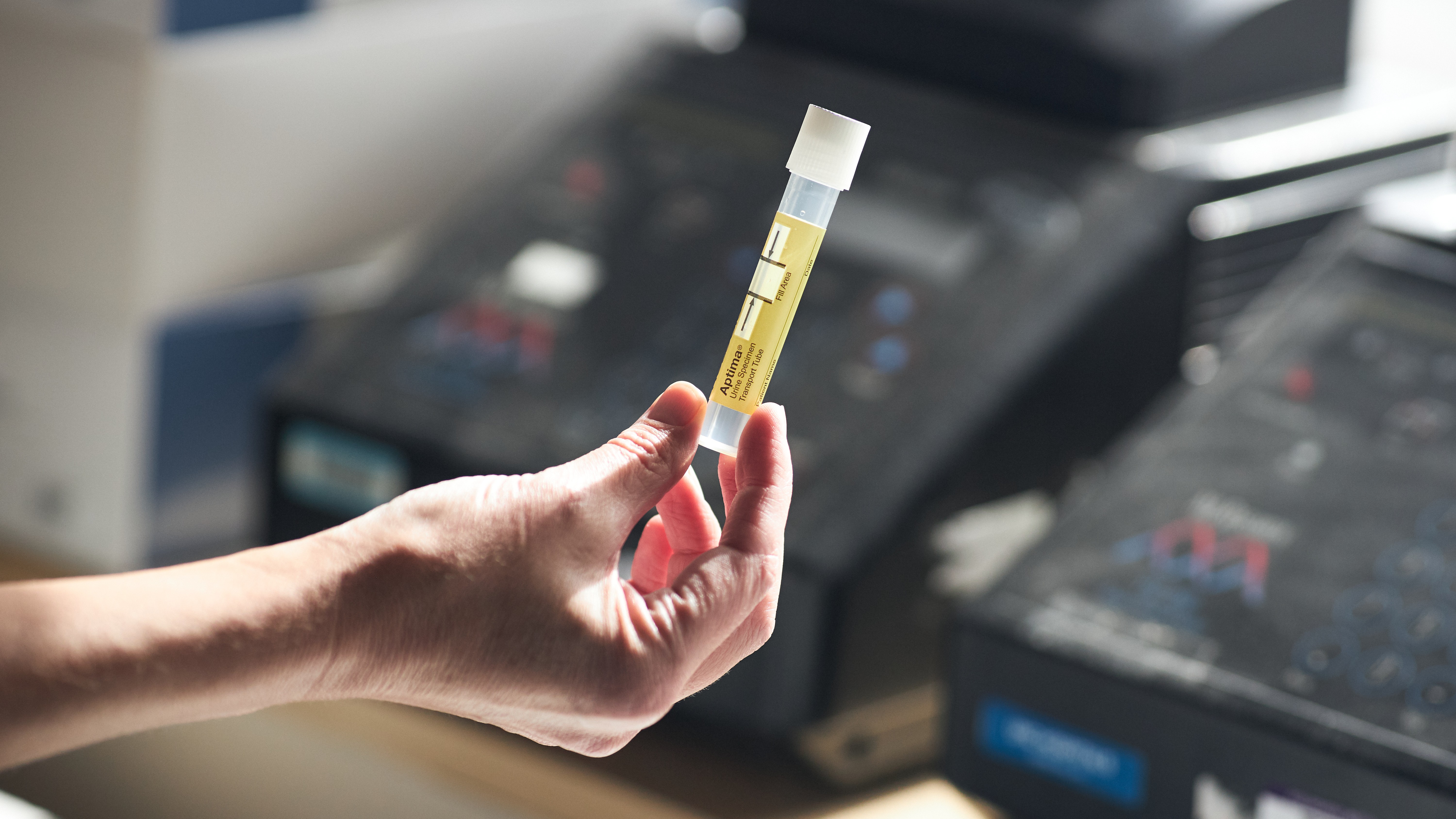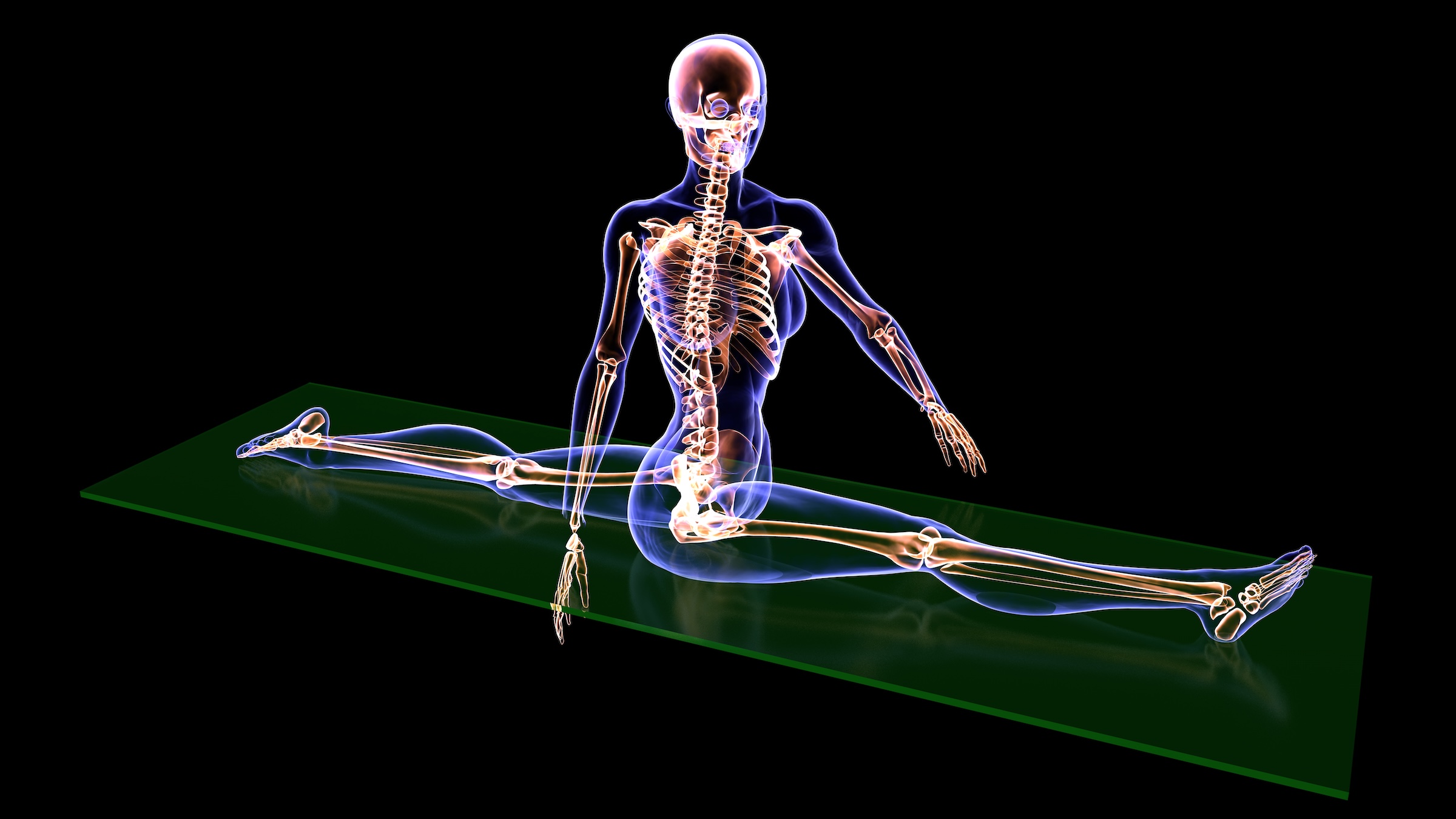Scientists transform pee into material fit for medical implants
A new method for chemically altering human urine could be used for producing medical implants and construction materials, scientists claim.

Scientists have developed a method that can transform human urine into the hard mineral in bones and tooth enamel.
The research, funded by the U.S. military's Defense Advanced Research Projects Agency (DARPA), uses yeast to break urine down into hydroxyapatite, a form of calcium used in bone and dental implants.
And hydroxyapatite isn't useful only for implants — the researchers behind the study said the material could be used in archaeological restoration, as biodegradable alternatives to plastic, and as building materials for construction projects. They published their findings May 6 in the journal Nature Communications.
"This process achieves two goals at the same time," study co-author David Kisailus, a professor of materials science and engineering at the University of California, Irvine, said in a statement. "On the one hand, it helps remove human urine from wastewater streams, mitigating environmental pollution and the buildup of unwanted nutrients; and on the other hand, it produces a material that can be commercially marketed for use in a variety of settings."
Hydroxyapatite is a tough solid containing charged molecules of calcium, phosphate and hydroxide. It's naturally occurring, as it is the primary component in both bones and teeth. This makes it useful in medical implants because it's not likely to be rejected by the body and can stimulate further growth.
However, synthesizing the mineral is expensive, and some methods of doing so produce toxic intermediate chemicals. In mammals such as humans, hydroxyapatite is secreted by specialized cells called osteoblasts that draw in calcium phosphate from body fluids. But these cells don't live very long or divide frequently, which makes harnessing them at industrial scales challenging.
Related: Are cavities 'contagious'? Tooth-decay yeast can pass from moms to babies
Get the world’s most fascinating discoveries delivered straight to your inbox.
To find another way of producing hydroxyapatite, the researchers turned to Saccharomyces boulardii, a type of yeast. Found on the skins of tropical fruits like lychee, the yeast species is commonly used as a probiotic.
By applying some genetic tweaks to this yeast, the scientists transformed it into what they call an "osteoyeast" that breaks down urea to release hydroxyapatite. Urea is a waste product formed when the body breaks down proteins, and it's then filtered by the kidneys and excreted in urine. The process of transforming the urea produces a gram of hydroxyapatite for every liter of urine, the scientists reported.
"This process to yield hydroxyapatite, or bone mineral, takes less than one day," Kisailus said. "The fact that it uses yeast as a chassis, which is inexpensive and can be placed in large vats at relatively low temperatures — think about beer that's made via fermentation processes and is well scaled — shows that this can be done easily without major infrastructural needs, and that has the added benefit of making it accessible to developing economies."
With their method demonstrated, the scientists are now investigating ways to make it work at scale. They say that they hope to apply the process in order to 3D print hydroxyapatite-based materials for implants, plastics, construction and energy applications.

Ben Turner is a U.K. based writer and editor at Live Science. He covers physics and astronomy, tech and climate change. He graduated from University College London with a degree in particle physics before training as a journalist. When he's not writing, Ben enjoys reading literature, playing the guitar and embarrassing himself with chess.
You must confirm your public display name before commenting
Please logout and then login again, you will then be prompted to enter your display name.


